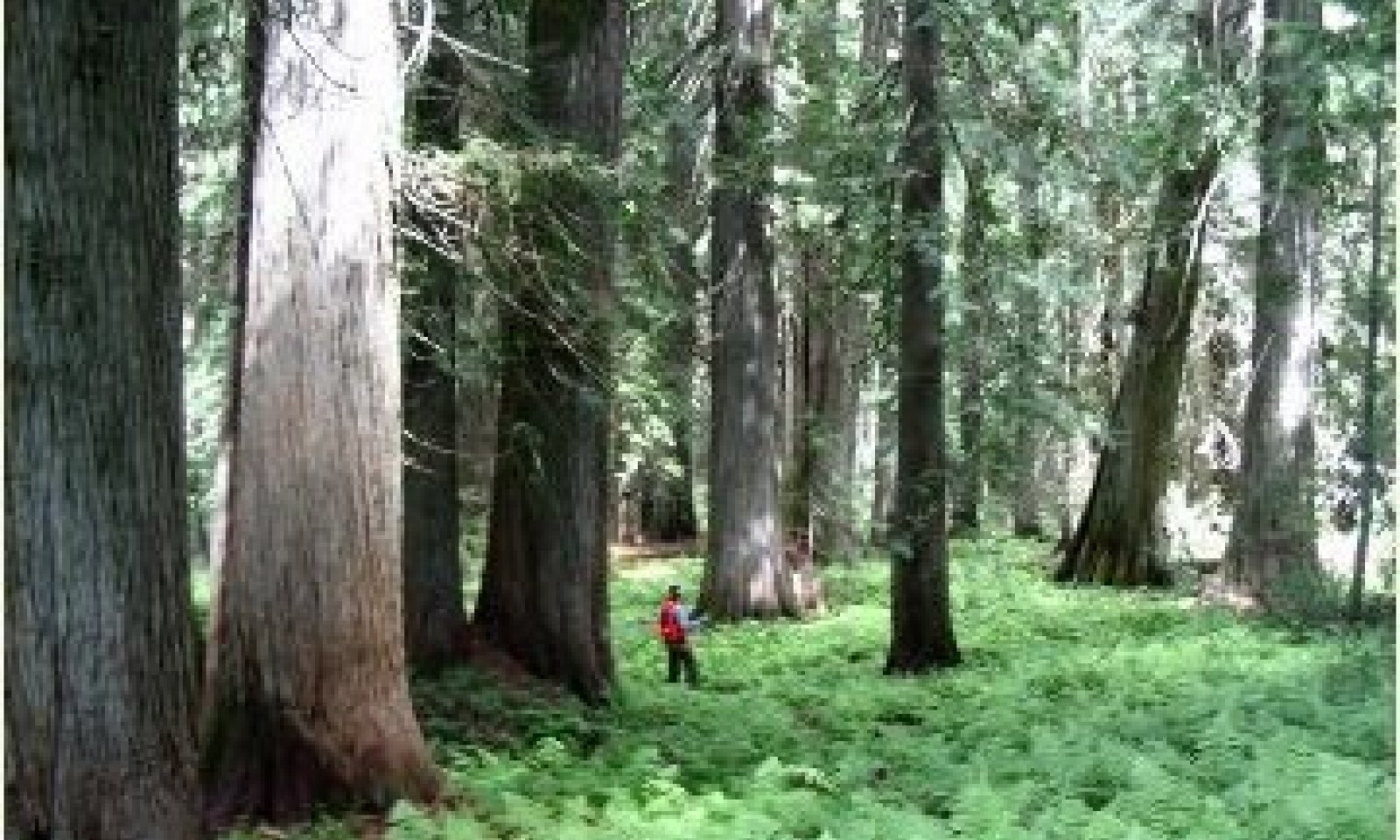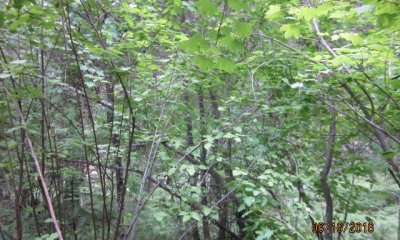
Ashy Hills and Mountains 30-45" PZ Frigid Western Bitterroot Foothills
Scenario model
Current ecosystem state
Select a state
Management practices/drivers
Select a transition or restoration pathway
- Transition T1A More details
- Restoration pathway R2A More details
-
No transition or restoration pathway between the selected states has been described
Target ecosystem state
Select a state
Description
The Reference State (1) is highly variable and dynamic, with a large capacity to resist and respond to temporary changes in environmental conditions. The most common environmental changes occur as disturbances like fire, insects, fungal diseases, and human activities (Cahalan 1985). These disturbances alter not only the organic components of the state, such as plants and animals, but also alter inorganic components such as nutrient, sunlight, and water availability. As a result, community phases in this state are dictated by disturbance history, severity, and frequency.
The community phases in the reference state represent unique and meaningful differences in ecological structure, function, and composition. The initiation phase (1.4) occurs immediately after a stand-replacing disturbance and has a high occurrence of deciduous shrubs and forbs. The stem exclusion phase (1.3) occurs following the rapid growth of early seral tree species after stand initiation. This even-aged stand crowds the overstory and limits the amount of sunlight reaching the understory, thus causing a lower abundance of shrubs and forbs. The understory reinitiation phase (1.2) follows after competition amongst and between species combined with low to mixed severity disturbances create a patchy overstory. This allows the regeneration of shrubs, forbs, and trees, resulting in a mixed age stand that is the most diverse and structurally complex within the reference state (Oliver 1980). Given adequate time since severe disturbance, the reference phase (1.1) will occur, consisting of large, old western redcedar individuals.
Submodel
Description
The Shrub Fields State (2) represents historically forested sites that have been converted to a persistent shrub state. Sites in this state develop due to severe disturbances which kill large areas of forested vegetation. A lack of seed source, environmental changes that are unfavorable for seedlings, or both, prevent a forested community from reestablishing (Coop et al., 2020). In the absence of trees, deciduous shrubs dominate the site. There is only one community phase defined for this site.
Submodel
Mechanism
The transition from the Reference (1) to the Shrub Field (2) state is caused by significant changes in the fire regime and climate. Tree stress resulting from drought or warming temperature increases the likelihood of a severe fire burning a large area (Halofsky et al. 2020). Tree regeneration in large burn patches becomes difficult due to potentially long distances to a seed source (Laughlin et al. 2023). Seeds that do colonize the site often die due to continued drought conditions and are outcompeted by shrub species.
Mechanism
It is unknown if the Reference State (1) is capable of recovering naturally due to a limited number of long-term observations and studies. The Shrub Field State (2) is predicted to persist for a long period of time (Johnstone et al. 2016, Coop et al. 2020). Therefore, the restoration pathway from the Shrub Field State (2) involves human intervention in the form of tree planting or other activities. Conditions should be reviewed on a site-by-site basis and the exact practices needed should be determined with local expertise.
Model keys
Briefcase
Add ecological sites and Major Land Resource Areas to your briefcase by clicking on the briefcase (![]() ) icon wherever it occurs. Drag and drop items to reorder. Cookies are used to store briefcase items between browsing sessions. Because of this, the number of items that can be added to your briefcase is limited, and briefcase items added on one device and browser cannot be accessed from another device or browser. Users who do not wish to place cookies on their devices should not use the briefcase tool. Briefcase cookies serve no other purpose than described here and are deleted whenever browsing history is cleared.
) icon wherever it occurs. Drag and drop items to reorder. Cookies are used to store briefcase items between browsing sessions. Because of this, the number of items that can be added to your briefcase is limited, and briefcase items added on one device and browser cannot be accessed from another device or browser. Users who do not wish to place cookies on their devices should not use the briefcase tool. Briefcase cookies serve no other purpose than described here and are deleted whenever browsing history is cleared.
Ecological sites
Major Land Resource Areas
The Ecosystem Dynamics Interpretive Tool is an information system framework developed by the USDA-ARS Jornada Experimental Range, USDA Natural Resources Conservation Service, and New Mexico State University.


